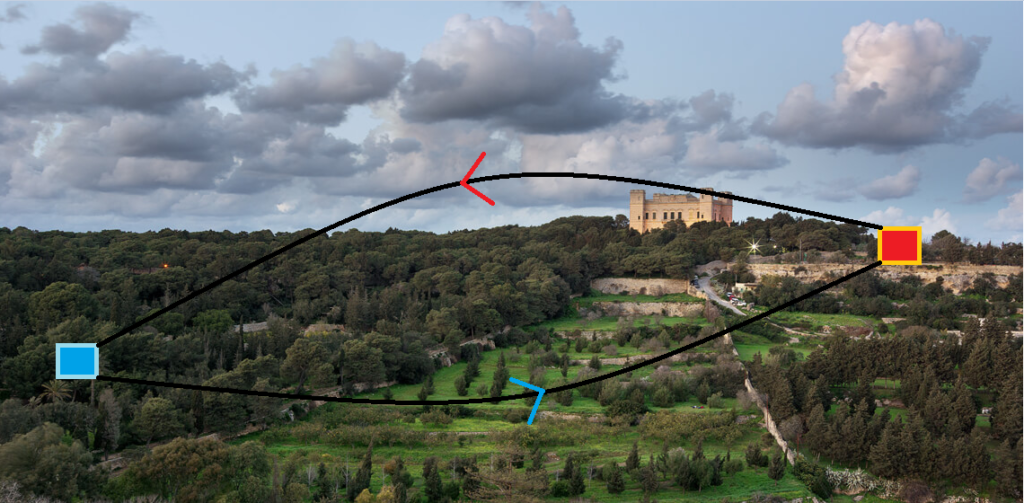The objective of this project was to design an IoT-based (internet of things) system that could detect fire as quickly as possible, in order to alert authorities before it spreads over an extensive area. The proposed system consists of an Arduino board integrated with a temperature, humidity and pressure sensor that communicates via long-range loT protocols, such as LoRaWAN, to relay information about their environment to a central server. Readings would be measured and sent wirelessly every couple of seconds. These are saved in a specified text file, from which graphs measuring each of the three weather variables (temperature, pressure and humidity) against time respectively could be generated to detect the change of rate of that particular variable being monitored.

The process outlined above would be necessary, as setting a threshold would not be enough to detect whether there is fire or simply a change in climate. The intention of using a multi-sensorial approach is to reduce false alarms and provide more accurate monitoring of the area under surveillance. Such a system would reduce the time needed to detect outdoor fire, resulting in less damage to the area. A key outcome observed from the results obtained was that the sensor module could detect changes in all three weather variables even up to a distance of 7.5 metres from the heat source ‒ and potentially even farther away ‒ obeying the laws of physics and the inverse-square law, which states that temperature and pressure increase whilst humidity decreases. The simulations were performed with a successful wireless transmission from one microcontroller to the other, both connected to different power supplies and located in different areas from each other to test the LoRaWAN protocol-connectivity distance.
In conclusion, it could be deduced that from all the simulations carried out, the system performed to expectations and produced the anticipated positive outcomes. In other words, the system gathered measurements from the sensor module and saved these as a text file for records purposes and the generation of graphs, and sent the data via IoT to a microcontroller acting as a base station situated at a distance from the area under observation.

Student: Dillon Scicluna
Course: B.Sc. IT (Hons.) Computer Engineering
Supervisor: Dr. Gianluca Valentino
